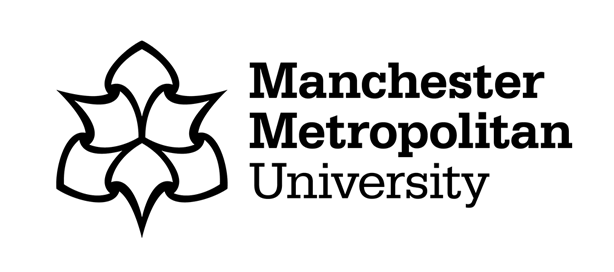
Libraries have long shed the antiquated stereotype of staid and silence-laden tabernacles of quiet rumination and dusty pages quietly being turned and squinted at. Though it does remain one of the last remaining bastions of intellectual freedom and a crucible for creativity and public art. In addition, libraries have also found themselves under the untenable glare of intense scrutiny in regard to ascertaining their quantifiable value and impact upon society. Furthermore, of late, libraries have been caught in the cultural crossfire in terms of the growing fervor over flagrant censorship, dubious book bans, and collection reexamination under the lens of critical race theory pushback. Suffice it to say that libraries are at the centre of a fertile academic discourse which leads me to the pressing core question of my own research.

My professional and academic history in public art and librarianship respectively converged at an auspicious crux in which to ground my research. In a nutshell, my research pertains to artist residencies in library spaces and the value that they bring to the host institution and community. To preface and provide a little background information, artist residencies are traditionally a host institution embedding a working artist into its infrastructure and attempting to coax out some kind of creative collaboration together. A kind of synergistic co-creation project between the artist, the organisation, and the community at large. Artist residencies are becoming increasingly more and more commonplace in civic institutions and are purported to be a viable avenue in which to enhance placemaking and activate a public space toward a shared common benefit.
The question that looms throughout my research is what are the values and impact for the three stakeholders? What are the overlaps or obstacles that obstruct or reinforce what researchers Lithgow and Wall call the productive frictions that are the desired outcomes in such endeavours? The current literature indicates that impacts of artist residencies are challenging to characterize and that outcomes yielded can be intangible, indirect, and inconsistent. I intend to investigate these notions of citizen participation and the relationship between culture, space, and narrative. And examine how the concept of disruption is distinctive between the three entities. And how uncertainty and ambiguity and an emphasis on unintended outcomes are the priorities for artist residency projects.
A secondary thread of my research is analysing productive frictions under the prism of power dynamics and determining what are the characteristics of a library that might either reinforce or inhibit the process. This includes performing an in-depth content analysis of RFPs (request for proposals) and project evaluation reports of artist residencies in Southern California. Moreover I’m zeroing in on the innate traits that may hobble productive frictions. The current literature asserts that challenges exist for cultivating that sought state of participatory co-creation and productive friction. The challenges that inherently hinder and lob a wrench in the cogs of productive friction can include a lack of communication and disconnect between the artist and institutional goals or projects that aren’t feasible or too ambitious within the scope of the predetermined timeline allocated.
This is a pursuit that has legs. And I’m confident will have practical applications in terms of providing civic institutions with a data-driven framework in which they might design collaborative artist-driven projects beyond existing artist residency templates and increase their tolerance for unpredictability. Whilst also imbuing working artists with scaffolding in which they can think about the evolution of their own collaborative artistic practice and receptiveness to experimentation and creative growth. While my research largely surveys libraries, these hallmarks and potential findings can be transferable to other institutions that host artist residencies such as museums, archives, or other government departments.
So consider the complexities and nuance of the space the next time you step into the lobby of your local library. And perceive it as more than just the book shelves, study carrels, and staff cardigans. But the sound of spray paint hissing as a cadre of seniors cooperate on a community mural together or the clickety-clack of a dancer’s en pointe performing a choreographed piece along the periodical rack. And, most critically, the ambiance of budding creative potential and deliberate positive disorder gleaned amongst the methodically catalogued public space that was your bygone perception of stodgy libraries of auld.
Works Cited
Lithgow M. & Wall K. (2017) Embedded Aesthetics: Artists-in-Residencies As Sites Of Discursive Struggle and Social Innovation. Seismopolite: Journal of Art and Politics.


